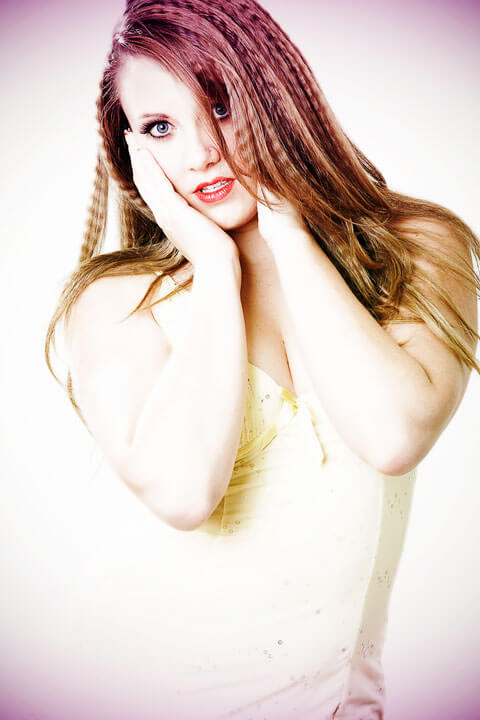Tuesday in the Studio: Using Lightbanks
Today’s Post by Joe Farace
 A lightbank is basically a black box with one side covered in diffusion material that lets light pass through. You’ll often hear lightbanks referred to as “light boxes” or “soft boxes.” I prefer the term “lightbank” because it refers to the many shapes and sizes in which these devices are available but as always on this blog, you can call’em whatever you want.
A lightbank is basically a black box with one side covered in diffusion material that lets light pass through. You’ll often hear lightbanks referred to as “light boxes” or “soft boxes.” I prefer the term “lightbank” because it refers to the many shapes and sizes in which these devices are available but as always on this blog, you can call’em whatever you want.
One way to think of lightbank is as a more directional umbrella. The light inside a lightbank can be aimed to shoot through toward the subject or bounce into the back of the box before exiting the front. Some lightbanks let you use them either way so you can have more powerfully direct, yet softened light or the maximum possible soft light experience.
My favorite lightbank is Westcott’s Apollo Strip, it’s a strip light because it has a narrow (16×130-inch) shape
 making it even more directional than most softboxes.
The Apollo Strip does not require a speed ring which means it costs less to put to work and can be used with a wide variety of lighting gear, including speedlights.
making it even more directional than most softboxes.
The Apollo Strip does not require a speed ring which means it costs less to put to work and can be used with a wide variety of lighting gear, including speedlights.
There are lots of reasons to use a lightbank to diffuse the light produced by an electronic flash or other light source. One is the clean unobstructed highlight that’s reflected in the subject, whether it’s a product or a portrait subject’s eyes.
The reason other is the ability to use a shorter distance between the light and the subject maximizing the lightbank’s broad, soft light. You also obtain improved control of the light because a lightbank’s flat two dimensional diffuser and opaque shell keeps light from spilling onto surrounding objects or creating flare.



